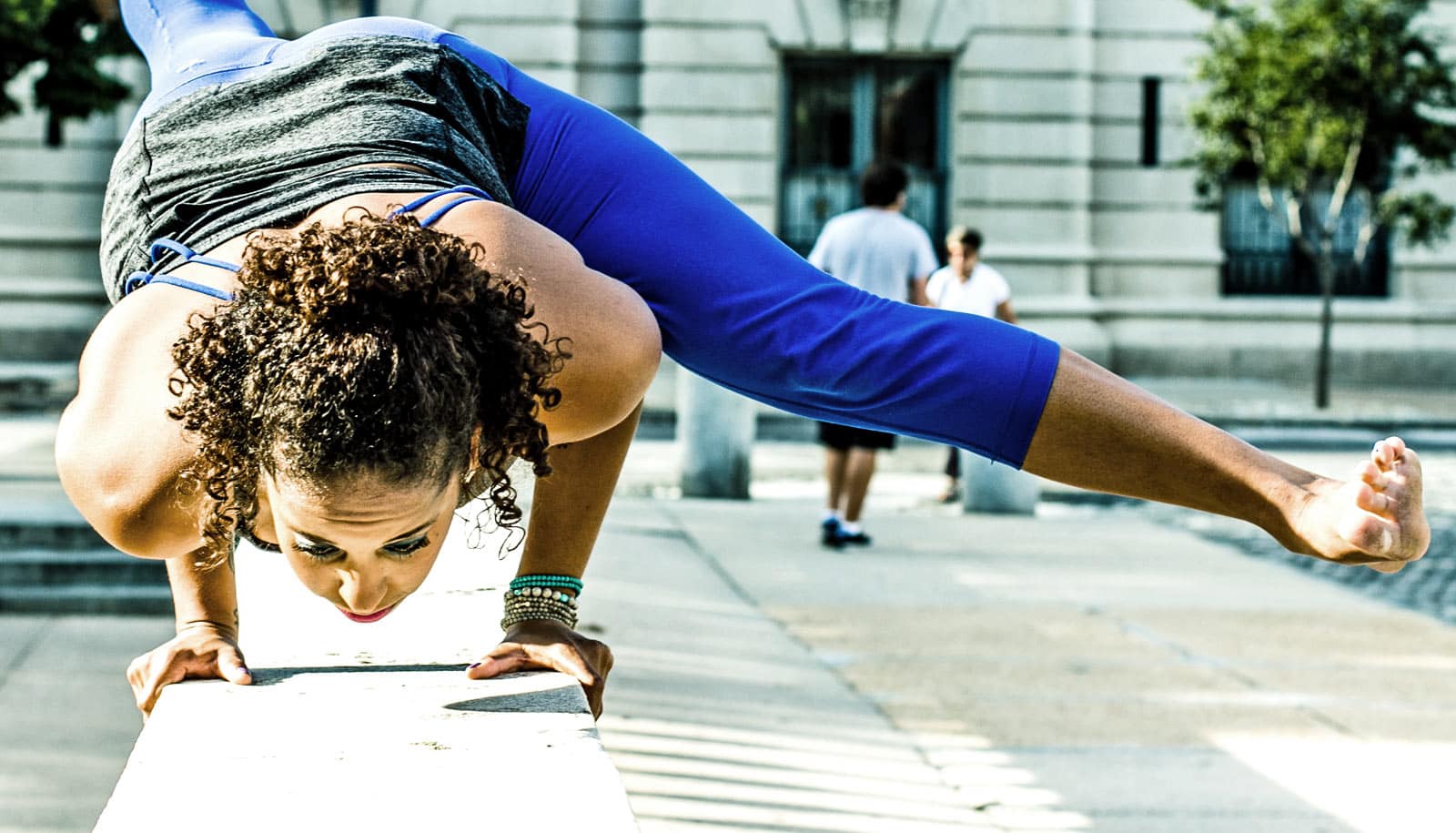Yoga is as effective as physical therapy to treat mild to moderate chronic low back pain, research finds, including for some underserved patients with more severe functional disability.
A new study used a randomized trial of 320 predominantly low-income, racially diverse adults ages 18 to 64 with nonspecific chronic low back pain (cLBP). Participants took 12 yoga classes, 15 physical therapy visits, or an educational book and newsletters about managing back pain, followed by a 40-week maintenance period with yoga drop-in classes or home practice for the yoga group, and physical therapy booster sessions or home practice for the physical therapy group.
The findings, reported in the journal Annals of Internal Medicine, show that about one-half of participants in both the yoga and physical therapy groups reported reduced pain and disability, compared to about one-fifth of participants in the education group.
The yoga and physical therapy participants were about 20 percent less likely to use any pain medication at 12 weeks compared to the education group.
Is this mind-body link why yoga calms us?
While the study found manualized (i.e. standardized, uniform) yoga designed to help cLBP was as effective as physical therapy, “the results may not generalize to typical nonmanualized, community-based yoga classes,” the authors write. “Future studies should focus on pragmatic trials of nonmanualized yoga classes.”
Previous research has already shown yoga is effective for cLBP, but its effectiveness compared to physical therapy was unknown. Likewise, little is known about yoga’s effectiveness for minority and low socioeconomic status patients with more severe functional disability and pain.
“Despite pain’s disproportionate impact on minority and low SES groups, few cLBP studies and even fewer yoga and PT trials have targeted these populations,” the authors write.
“Finding that yoga is as effective as physical therapy for chronic low back pain is important in that yoga can be performed long-term at home or in group settings where there is social support, it has additional mental health benefits, and may be a cost-effective alternative,” says Janice Weinberg, biostatistics professor at Boston University School of Public Health.
Source: Michelle Samuels for Boston University



